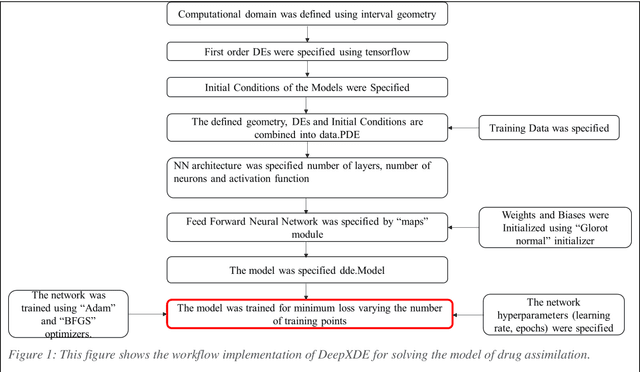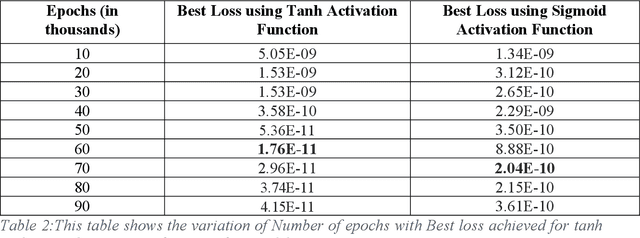Richa Gupta
Insights Informed Generative AI for Design: Incorporating Real-world Data for Text-to-Image Output
Jun 17, 2025Abstract:Generative AI, specifically text-to-image models, have revolutionized interior architectural design by enabling the rapid translation of conceptual ideas into visual representations from simple text prompts. While generative AI can produce visually appealing images they often lack actionable data for designers In this work, we propose a novel pipeline that integrates DALL-E 3 with a materials dataset to enrich AI-generated designs with sustainability metrics and material usage insights. After the model generates an interior design image, a post-processing module identifies the top ten materials present and pairs them with carbon dioxide equivalent (CO2e) values from a general materials dictionary. This approach allows designers to immediately evaluate environmental impacts and refine prompts accordingly. We evaluate the system through three user tests: (1) no mention of sustainability to the user prior to the prompting process with generative AI, (2) sustainability goals communicated to the user before prompting, and (3) sustainability goals communicated along with quantitative CO2e data included in the generative AI outputs. Our qualitative and quantitative analyses reveal that the introduction of sustainability metrics in the third test leads to more informed design decisions, however, it can also trigger decision fatigue and lower overall satisfaction. Nevertheless, the majority of participants reported incorporating sustainability principles into their workflows in the third test, underscoring the potential of integrated metrics to guide more ecologically responsible practices. Our findings showcase the importance of balancing design freedom with practical constraints, offering a clear path toward holistic, data-driven solutions in AI-assisted architectural design.
Hyper-automation-The next peripheral for automation in IT industries
May 14, 2023Abstract:The extension of legacy business process automation beyond the bounds of specific processes is known as hyperautomation. Hyperautomation provides automation for nearly any repetitive action performed by business users by combining AI tools with RPA. It automates complex IT business processes that a company's top brains might not be able to complete. This is an end-to-end automation of a standard business process deployment. It enables automation to perform task digitalization by combining a brain computer interface (BCI) with AI and RPA automation tools. BCI, in conjunction with automation tools, will advance the detection and generation of automation processes to the next level. It allows enterprises to combine business intelligence systems, address complex requirements, and enhance human expertise and automation experience. Hyperautomation and its importance in today's environment are briefly discussed in this paper. The article then goes on to discuss how BCI and sensors might aid Hyperautomation. The specific sectors of solicitations were examined using a variety of flexible technologies associated to this concept, as well as dedicated workflow techniques, which are also diagrammatically illustrated. Hyperautomation is being utilized to improve the efficiency, accuracy, and human enhancement of automated tasks dramatically. It incorporates a number of automated tools in its discovery, implementation, and automation phases. As a result, it's well-suited to integrating cutting-edge technologies and experimenting with new methods of working. Keywords- Hyperautomation, Brain computer Interface (BCI), Technology, Used case, Sensors, Industries.
Study of Drug Assimilation in Human System using Physics Informed Neural Networks
Oct 08, 2021



Abstract:Differential equations play a pivotal role in modern world ranging from science, engineering, ecology, economics and finance where these can be used to model many physical systems and processes. In this paper, we study two mathematical models of a drug assimilation in the human system using Physics Informed Neural Networks (PINNs). In the first model, we consider the case of single dose of drug in the human system and in the second case, we consider the course of this drug taken at regular intervals. We have used the compartment diagram to model these cases. The resulting differential equations are solved using PINN, where we employ a feed forward multilayer perceptron as function approximator and the network parameters are tuned for minimum error. Further, the network is trained by finding the gradient of the error function with respect to the network parameters. We have employed DeepXDE, a python library for PINNs, to solve the simultaneous first order differential equations describing the two models of drug assimilation. The results show high degree of accuracy between the exact solution and the predicted solution as much as the resulting error reaches10^(-11) for the first model and 10^(-8) for the second model. This validates the use of PINN in solving any dynamical system.
 Add to Chrome
Add to Chrome Add to Firefox
Add to Firefox Add to Edge
Add to Edge